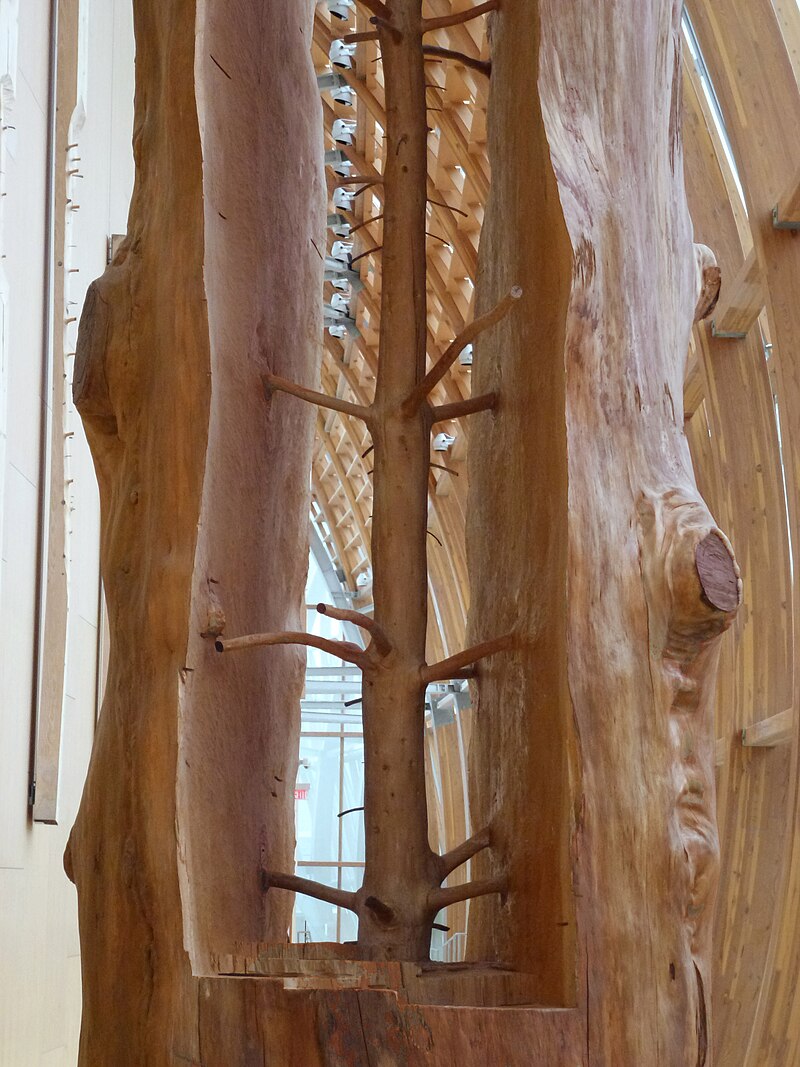In class we watch the movie
Blade Runner directed by Ridley Scott. The movie starred Harrison Ford, Rutger Hauer,and Sean Young. The movie came out in 1982 and used state of the art special effects at the time of its release. Looking back at the movie it is definitely not as impressive as today's CGI masterpieces like
Transformers and
Avatar. Nonetheless the movie is still compelling and has a complex plot that draws the viewer into the story.

The film is set in 2019, and in that year humans have developed the technology to make androids that are extremely realistic, in the film they are called replicants. The storyline is centered around a police officer named Rick Deckard. Deckard's job is to find and eliminate replicants who have strayed from their purposes. The city that the movie is set is a large sprawling metropolis complete with flying cars and your typical future sci fi setting. Unless we make some serious progress in the next four years I don't forsee any of our major cities looking like the one in the film. Aside from the inaccurate predictions about future cities the movie makes the viewer think about the value of human life. It also brings into to question what it means to be human. It made me wonder about what parameters make a human human, after all we are only a decade or two away from advanced artificial intelligence. Dont believe watch Watson the supercomputer built by IBM on Jeopardy. Overall I found the move to be thought provoking and entertaining. What did you think?



